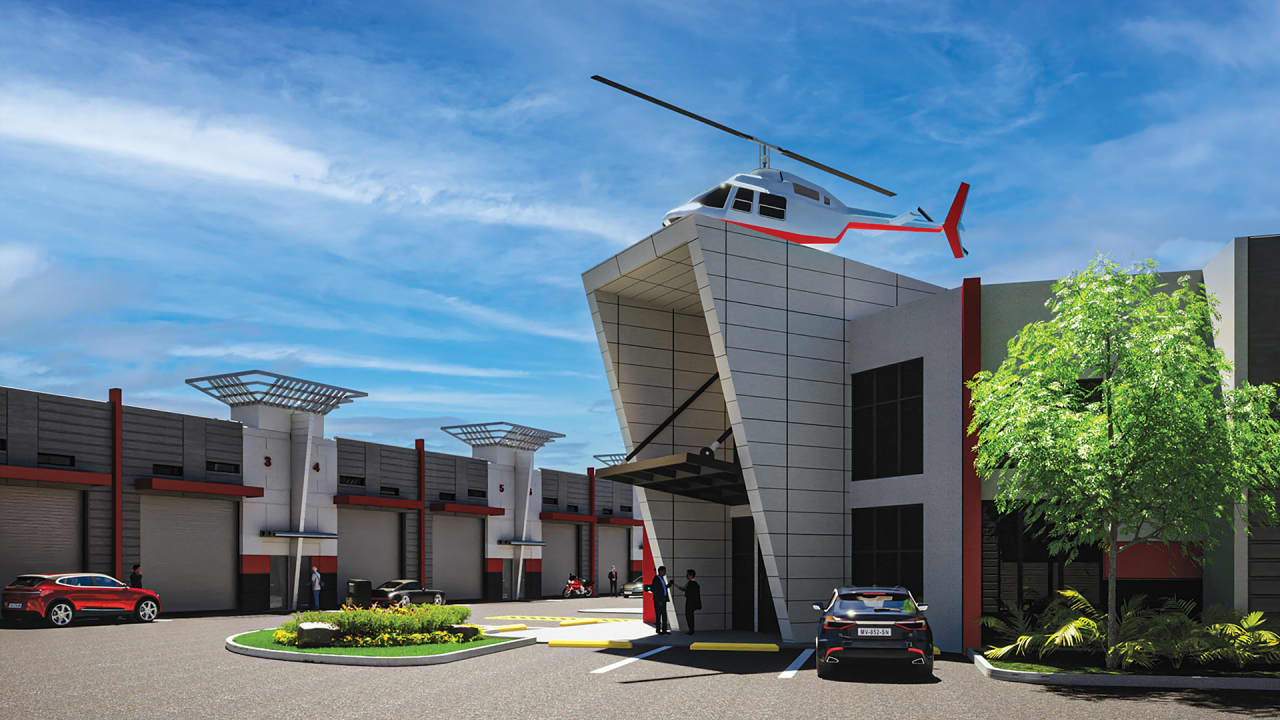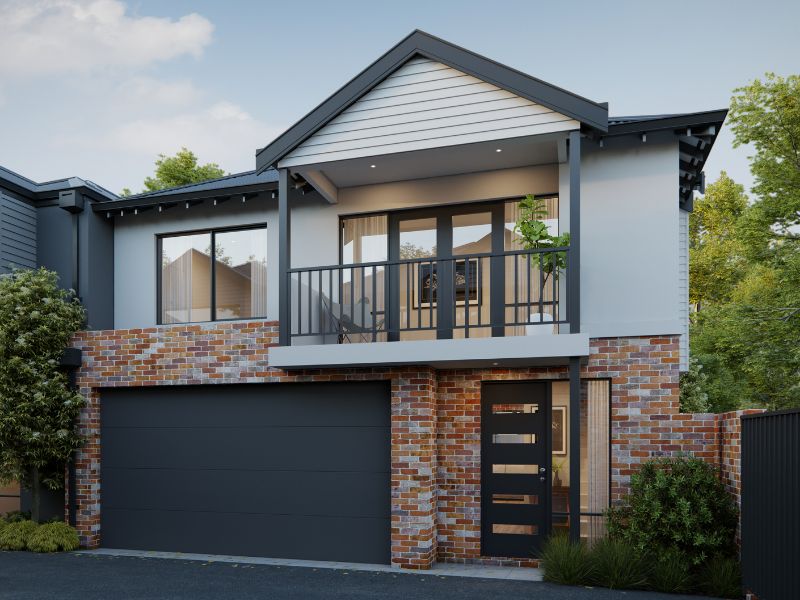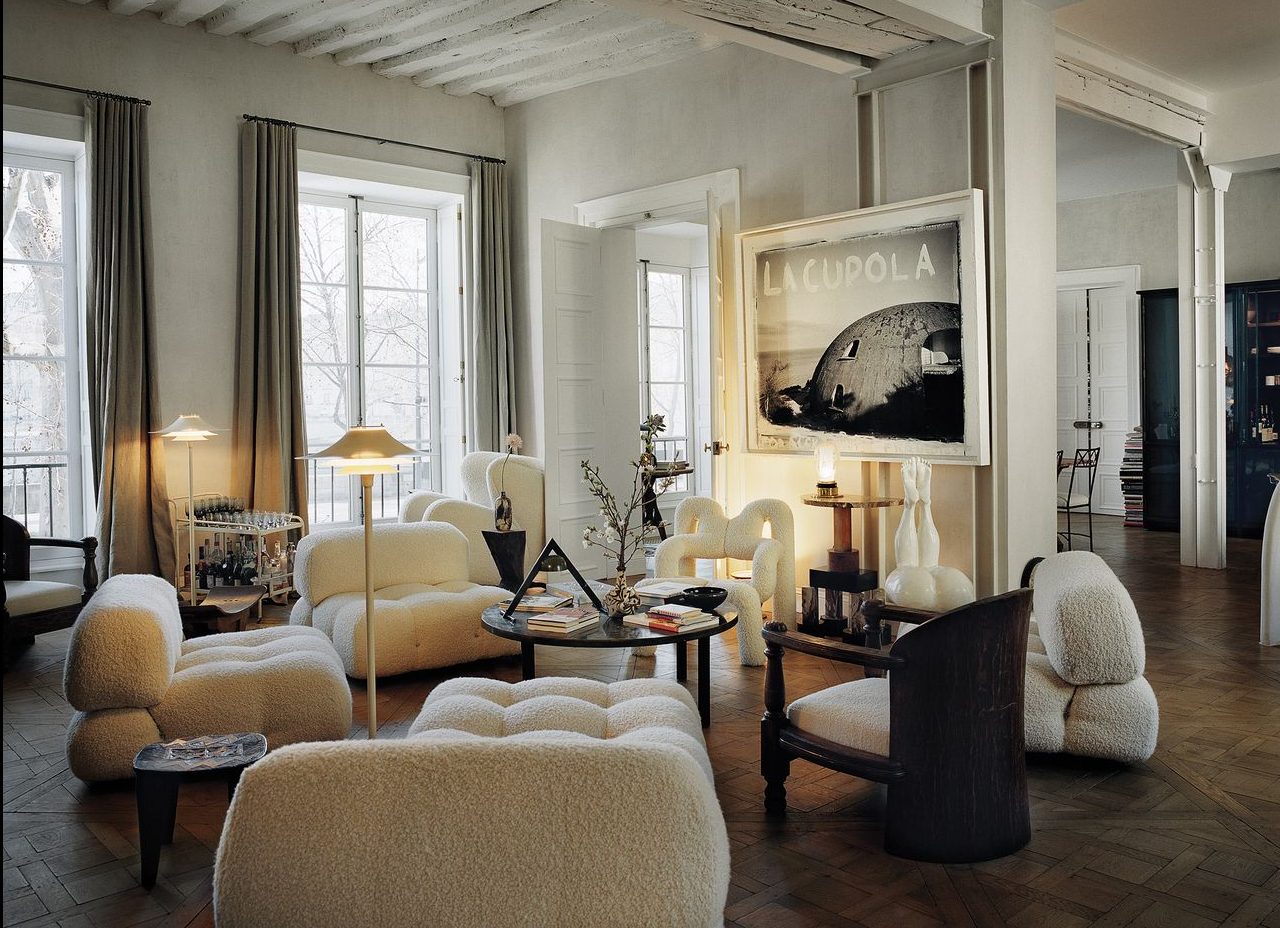Garages have long been little more than a home’s spare space, ideal for storage, fixing up cars and, for some, a small escape with an old couch and mini fridge. But now, mop up those oil spills because there’s no end to the features that can transform it into something a whole lot more enticing.
The idea of making a garage into a refuge probably originated in postwar America, when magazines like Popular Mechanics were full of do-it-yourself plans for transforming your home place with built-ins. Then, the “man cave” of popular imagination had a big heyday in the 1980s, when garages were fitted with TVs, built-in bars, and a microwave for popcorn. These days, garage retreats are getting a bit more sophisticated—and much more functional.
“Our focus is on transforming garages into clean, bright and functional spaces,” Aaron Cash, a co-founder of Garage Living and head of its franchise systems, said. “People do come to us wanting ‘man caves,’ but that’s not our focus. We’re about recognising the value of and reclaiming the space.”
Garage Living now has 45 franchise locations around the U.S., Canada (where the company is based) and Australia. Makeovers range from $20,000 to $100,000. The goal is to get a family’s accumulated “stuff” off the floor and into the company’s own line of powder-coated cabinets, or mounted on the walls and overhead.
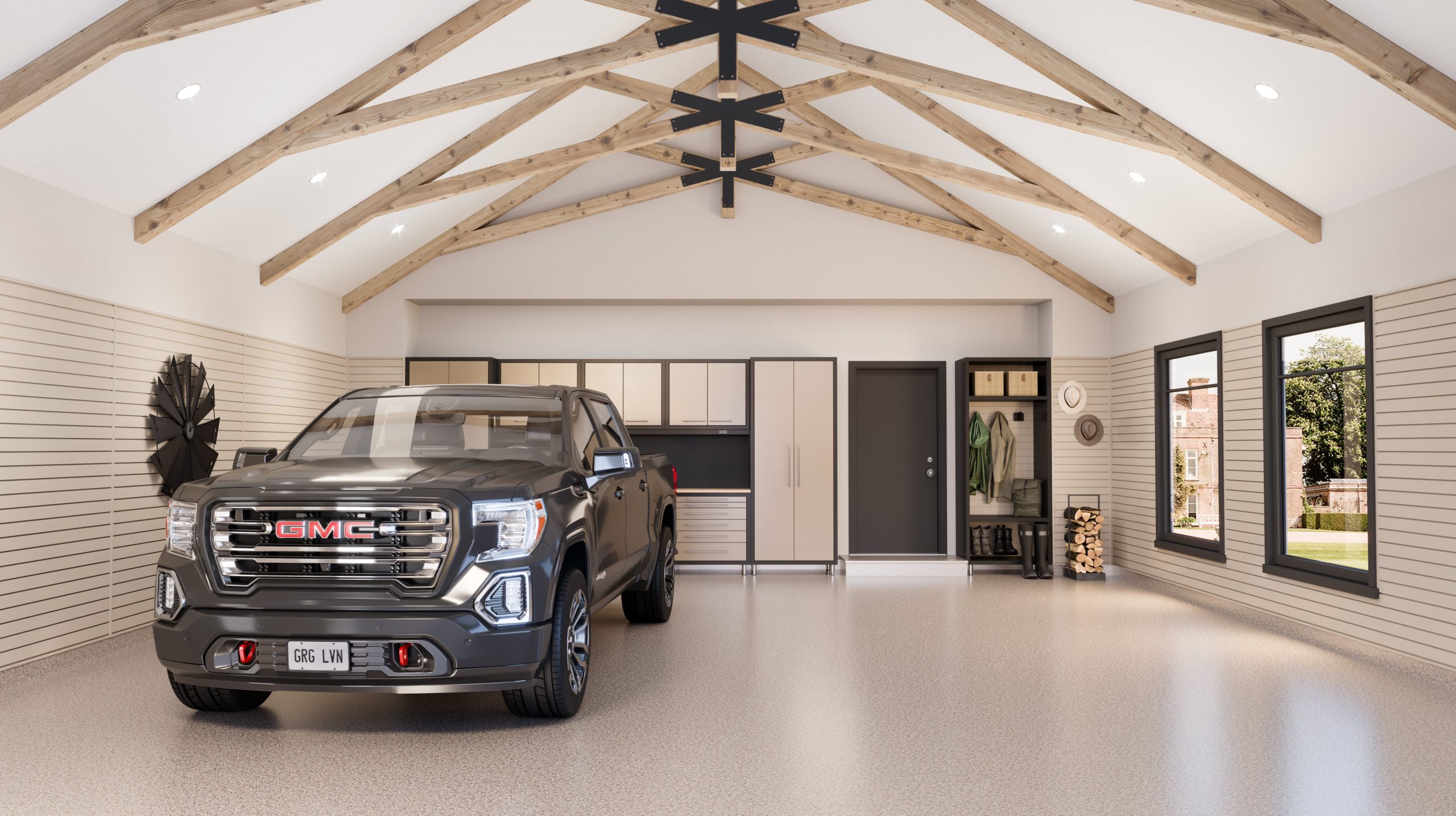
Garage Living
“This is a growing category,” Cash said. “There’s a lot of interest from an affluent clientele with disposable income.”
Not everyone wants their space uncluttered. Today’s popular accessories for garage makeovers include home theatres, high-tech audio equipment, golf simulators, fireplaces with remotes, wine racks, custom flooring (sometimes heated) and lifts that allow a multi-car collection to be displayed in a smaller space.
Meanwhile, for the auto enthusiast, there are tool chests, rotisseries for working on a car’s underside, pressure washers and compressors, engine hoists, work benches, and more.
Storage space is always at a premium. Levrack, launched in 2016, makes a shelving system that suspends its racks from above. The sections, each with three or more shelves, slide together and apart to maximise space.
Ryan Stauffer, the Nebraska-based co-founder of Levrack, said that 80% to 90% of his company’s business is industrial and commercial, but it’s moving increasingly into residential—with strong buy-in from big car collectors like Jay Leno. The Porsche Classic Factory Restorations facility in Atlanta is also a client.
The Wisconsin- and Nebraska-made units make it possible to collect all the stray tools, cleaners and products that typically live in all corners of the garage and store them out of sight, freeing up a lot of floor space. Units come in seven- to 12-foot widths, with varying depth and height. Prices range up to $7,400 for a 12-foot unit.
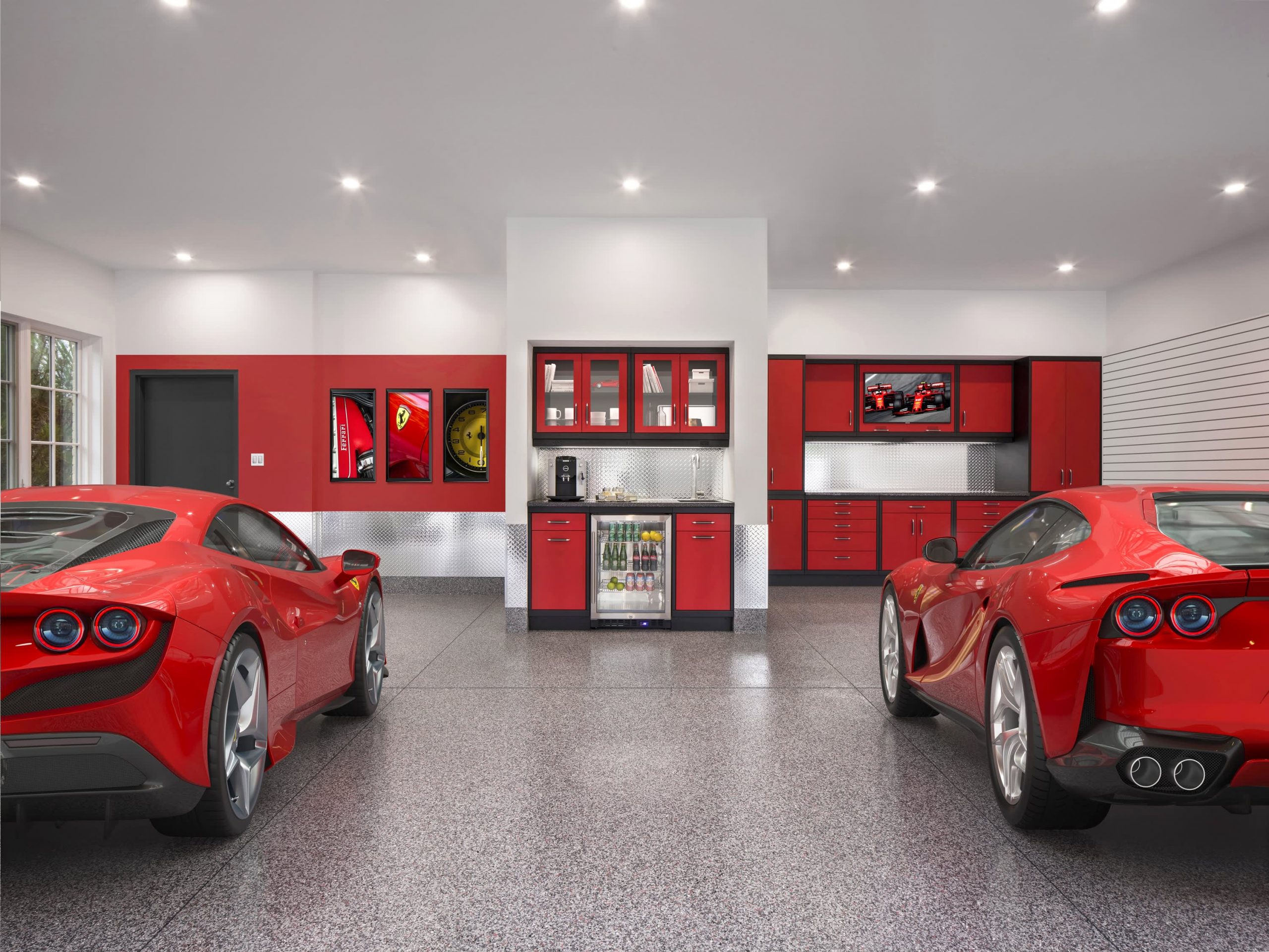
Garage Living
“We appeal to high-end consumers, people who have a lot of gear,” Stauffer said. “The concept goes back to the 1950s for agriculture, healthcare and other industries, and the racks typically have tracks at the floor level. But in the garage space, where dirt, oil and contamination are an issue, it makes more sense to suspend from the top of the rack.”
Taking the modern garage further still is the Hangar Group, which builds “premier garage condominiums,” where people can store their vehicles in luxury.
The first of these was in Riviera Beach, Florida, completed in 2019—it sold out. And the second is in West Palm Beach, near the airport, with a 2024 completion date. The new facility will have more than 60 units, ranging from 1,500 to 4,500 square feet, with a full-time concierge. There will be a members’ club with golf simulators, a lounge and even a boardroom.
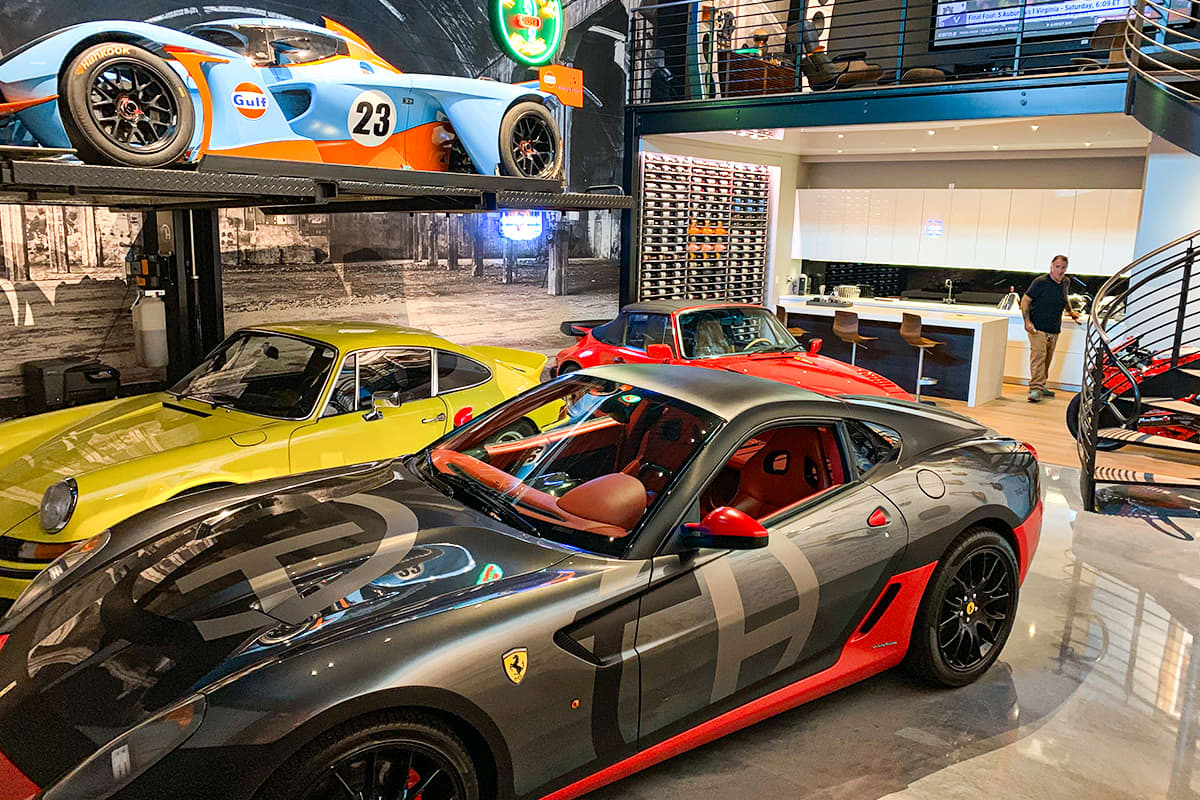
THE HANGAR
“What we’re doing is a little different,” said Scott Cunningham, founder and CEO of the Hangar Group. “Some of our customers buy as many as three units and furnish them with high-level amenities like $100,000 wine coolers for their million-dollar collections. We get Fortune 500 executives and equity guys. For some, it becomes like a personal museum—but for security reasons a museum with no windows at street level.”
The Hangar obviously appeals to car collectors, some of them with a dozen or more vehicles, and sponsors track days at nearby race meccas Homestead, Sebring and Daytona.
The Palm Beach location is already 70% sold. A third complex will cater to car collectors in the Hamptons, in New York, and ultimately there will be six to eight locations, he said.
“I’m a Ferrari guy at heart,” he said. “Many of our customers are people, like me, who don’t have room for any more cars at home,” he said. “They once traded in their Ferrari 360 for a 430, but now they want to keep them both.” Often, there’s a guitar collection, too.
The Hangar’s concept is similar to another recent phenomenon—full condominiums, with garages attached, located near race tracks—or with their own. Circuit Florida, between Orlando and Tampa, is one of those. The $90 million complex includes a 1.7-mile private track, with 75 two-story condos. The project is now “six weeks out from the asphalt paving,” according to the company. These are units for serious car people—with garages that will accommodate up to six vehicles.
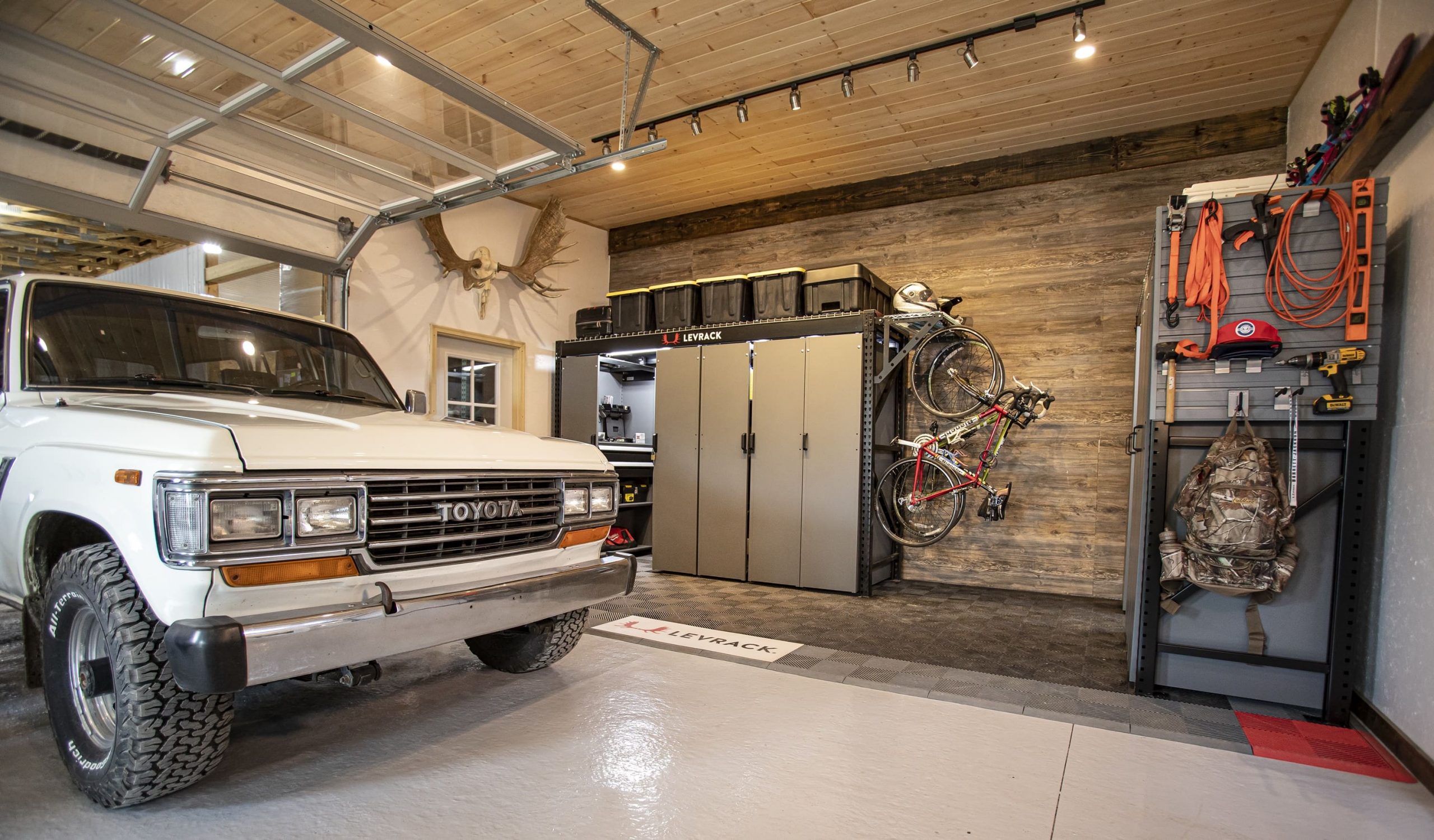
Levrack
This article originally appeared on Mansion Global.
 Copyright 2020, Dow Jones & Company, Inc. All Rights Reserved Worldwide. LEARN MORE
Copyright 2020, Dow Jones & Company, Inc. All Rights Reserved Worldwide. LEARN MORE
What a quarter-million dollars gets you in the western capital.
Alexandre de Betak and his wife are focusing on their most personal project yet.
As Paris makes its final preparations for the Olympic games, its residents are busy with their own—packing their suitcases, confirming their reservations, and getting out of town.
Worried about the hordes of crowds and overall chaos the Olympics could bring, Parisians are fleeing the city in droves and inundating resort cities around the country. Hotels and holiday rentals in some of France’s most popular vacation destinations—from the French Riviera in the south to the beaches of Normandy in the north—say they are expecting massive crowds this year in advance of the Olympics. The games will run from July 26-Aug. 1.
“It’s already a major holiday season for us, and beyond that, we have the Olympics,” says Stéphane Personeni, general manager of the Lily of the Valley hotel in Saint Tropez. “People began booking early this year.”
Personeni’s hotel typically has no issues filling its rooms each summer—by May of each year, the luxury hotel typically finds itself completely booked out for the months of July and August. But this year, the 53-room hotel began filling up for summer reservations in February.
“We told our regular guests that everything—hotels, apartments, villas—are going to be hard to find this summer,” Personeni says. His neighbours around Saint Tropez say they’re similarly booked up.
As of March, the online marketplace Gens de Confiance (“Trusted People”), saw a 50% increase in reservations from Parisians seeking vacation rentals outside the capital during the Olympics.
Already, August is a popular vacation time for the French. With a minimum of five weeks of vacation mandated by law, many decide to take the entire month off, renting out villas in beachside destinations for longer periods.
But beyond the typical August travel, the Olympics are having a real impact, says Bertille Marchal, a spokesperson for Gens de Confiance.
“We’ve seen nearly three times more reservations for the dates of the Olympics than the following two weeks,” Marchal says. “The increase is definitely linked to the Olympic Games.”

Getty Images
According to the site, the most sought-out vacation destinations are Morbihan and Loire-Atlantique, a seaside region in the northwest; le Var, a coastal area within the southeast of France along the Côte d’Azur; and the island of Corsica in the Mediterranean.
Meanwhile, the Olympics haven’t necessarily been a boon to foreign tourism in the country. Many tourists who might have otherwise come to France are avoiding it this year in favour of other European capitals. In Paris, demand for stays at high-end hotels has collapsed, with bookings down 50% in July compared to last year, according to UMIH Prestige, which represents hotels charging at least €800 ($865) a night for rooms.
Earlier this year, high-end restaurants and concierges said the Olympics might even be an opportunity to score a hard-get-seat at the city’s fine dining.
In the Occitanie region in southwest France, the overall number of reservations this summer hasn’t changed much from last year, says Vincent Gare, president of the regional tourism committee there.
“But looking further at the numbers, we do see an increase in the clientele coming from the Paris region,” Gare told Le Figaro, noting that the increase in reservations has fallen directly on the dates of the Olympic games.
Michel Barré, a retiree living in Paris’s Le Marais neighbourhood, is one of those opting for the beach rather than the opening ceremony. In January, he booked a stay in Normandy for two weeks.
“Even though it’s a major European capital, Paris is still a small city—it’s a massive effort to host all of these events,” Barré says. “The Olympics are going to be a mess.”
More than anything, he just wants some calm after an event-filled summer in Paris, which just before the Olympics experienced the drama of a snap election called by Macron.
“It’s been a hectic summer here,” he says.

AFP via Getty Images
Parisians—Barré included—feel that the city, by over-catering to its tourists, is driving out many residents.
Parts of the Seine—usually one of the most popular summertime hangout spots —have been closed off for weeks as the city installs bleachers and Olympics signage. In certain neighbourhoods, residents will need to scan a QR code with police to access their own apartments. And from the Olympics to Sept. 8, Paris is nearly doubling the price of transit tickets from €2.15 to €4 per ride.
The city’s clear willingness to capitalise on its tourists has motivated some residents to do the same. In March, the number of active Airbnb listings in Paris reached an all-time high as hosts rushed to list their apartments. Listings grew 40% from the same time last year, according to the company.
With their regular clients taking off, Parisian restaurants and merchants are complaining that business is down.
“Are there any Parisians left in Paris?” Alaine Fontaine, president of the restaurant industry association, told the radio station Franceinfo on Sunday. “For the last three weeks, there haven’t been any here.”
Still, for all the talk of those leaving, there are plenty who have decided to stick around.
Jay Swanson, an American expat and YouTuber, can’t imagine leaving during the Olympics—he secured his tickets to see ping pong and volleyball last year. He’s also less concerned about the crowds and road closures than others, having just put together a series of videos explaining how to navigate Paris during the games.
“It’s been 100 years since the Games came to Paris; when else will we get a chance to host the world like this?” Swanson says. “So many Parisians are leaving and tourism is down, so not only will it be quiet but the only people left will be here for a party.”





